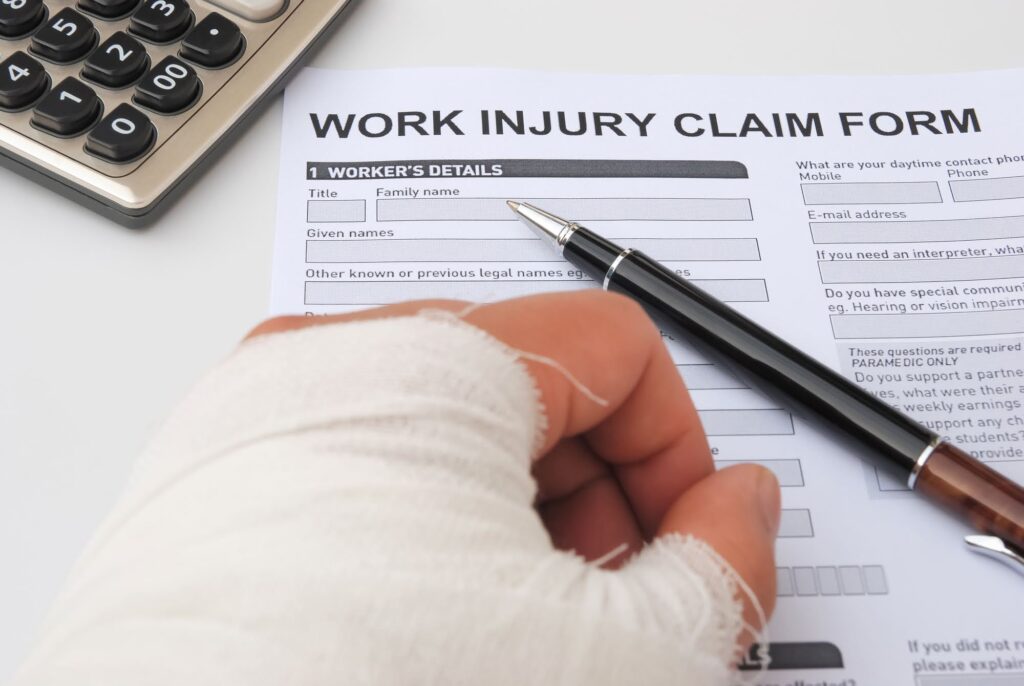Pre-existing Conditions and Worker’s Compensation Benefits

Pre-existing injuries or illnesses can affect your worker’s compensation claim. For example, the department of worker’s compensation may deny your claim if they believe you had a pre-existing injury. Read on to learn about some common pre-existing injuries and their possible effects on worker’s compensation claims.
Common Pre-existing Conditions
Pre-existing conditions come in all forms and extents. Some common ones include the following.
Arthritis
Arthritis is a disorder that causes joint inflammation and tenderness. Arthritis normally targets joint cartilage and lining. Age, sex, obesity, and joint injury are common risk factors for arthritis. Arthritis can affect your physical safety in the workplace in two main ways.
First, arthritis causes joint pain, and joint pain makes physical work and movement difficult. For example, your arthritic knees might give way and cause you to fall if you attempt to carry a heavy box. Secondly, arthritis can lead to ergonomic injuries if you cannot sit up straight or hold your hands a certain way.
Previous Injuries
Previous injuries can increase your risk of future injuries in several ways. That might be the case if the previous injury:
- Left you with a permanent disability
- Has not effectively healed
- Left you with chronic pain
Examples of such pre-existing injuries include fractures, amputations, and torn ligaments.
Degenerative Disk Disease
Degenerative disk disease affects the tissues that cushion the spinal disks. This condition, which is common in old age, wears the spinal disks due to increased friction between them, which is extremely painful.
Degenerative disk disease affects back movements since you must move your spine every time you move, twist, or bend. For example, you move your back to pick things from the floor or reach for something.
Effects on Worker’s Compensation Claims
The relationship between your pre-existing condition and your current injury determines whether you should get worker’s compensation. Three circumstances under which you should get worker’s compensation benefits with a pre-existing injury include the following.
1. Contribution to Current Injury
Some pre-existing conditions increase your risk of injuries. For example, a bad back increases your risk of injury if carrying heavy items. Worker’s compensation should compensate you for such injuries. Your employer and worker’s compensation insurance should take you as you are; that is, they should not discriminate against you based on your pre-existing condition.
2. Aggravation of Pre-existing Condition
You also deserve compensation if a current incident or accident aggravates your pre-existing condition. The rationale here is that your condition wouldn’t have worsened without your employment. For example, you deserve compensation if you have a fracture that has not completely healed, and a trip and fall accident widens the fracture.
3. Acceleration of Pre-existing Injury
Lastly, you should also get compensation if a new accident aggravates a pre-existing one. Consider a case where you have a painful back due to degenerative disk disease, which typically worsens with age. However, a work accident accelerates the condition to the extent that your pain compares to someone who has had the condition for years.
Note that you cannot receive worker’s compensation benefits twice for the same injury. Thus, worker’s compensation insurance will evaluate your previous injury, previous compensation, and current injury. You may undergo an independent medical examination to ascertain the facts. The evaluation ensures you don’t receive double compensation and profit from your injuries.
You might hit a hurdle or two if you pursue worker’s compensation benefits with a pre-existing injury. However, an experienced worker’s compensation lawyer can help clear the hurdles. The Wenck Firm has nearly two decades of experience in personal injury and worker’s compensation law. Contact us for a free initial consultation to determine the next step.
This Blog/Web Site is made available by The Wenck Firm, LLC, for educational purposes. It provides general information and a general understanding of the law, but does not provide specific legal advice. By using this site, commenting on posts, or sending inquiries through the site or contact email, you confirm that there is no attorney-client relationship between you and the Blog/Web Site publisher. The Blog/Web Site should not be used as a substitute for competent legal advice from a licensed attorney in your jurisdiction.
